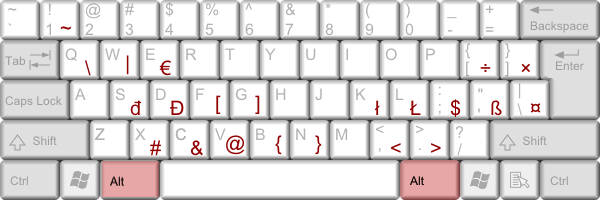Terminals
| Terminals are small, almost maintenance-free, diskless "boxes" with zero noise and low power consumption. They are sometimes also referred to as thin or zero clients. |  |
Just like a personal computer, they allow the connection of a monitor, keyboard, mouse, headphones, microphone, and USB flash drive. However, data transfer to USB is slower compared to a PC. During login, a Czech keyboard layout is set by default. After logging in, the system connects to a virtual desktop running on servers in our data center. The keyboard layout can then be switched (CZ <-> ENG) in the usual way.

Power On (waking up from sleep mode)
- by pressing a key / mouse button
- by pressing the button on the terminal
Power Off (entering sleep mode)
- by pressing and holding the terminal button
- automatically after 4 hours of inactivity (after 1 hour of inactivity, the terminal "sleeps" the monitor)
Virtual Desktops
Virtual desktops are uniform on the software side, equipped with Windows 10 and a range of applications that we update based on the requests of especially teachers and teaching requirements in the PUA and B5 computer classrooms.
Be cautious about saving your work in the virtual desktop! After the user selects shutdown or logoff in Windows, the desktop as a whole is "discarded" without the possibility of data recovery. Such data should be saved to a network drive, preferably J: (the user's home directory, where the "Documents" folder in Windows is also mapped), a flash drive, or a cloud storage.
In the case of an unexpected power failure of the terminal, network connectivity interruption, or unintended shutdown of the terminal, the virtual desktop waits for 15 minutes for the same user to log back in on the same terminal. If successful, the user can continue working. Otherwise, the system logs the user off and the virtual desktop is "discarded."
Requests for software installations or updates can be sent through the helpdesk or to the email address ucebny@natur.cuni.cz.





















